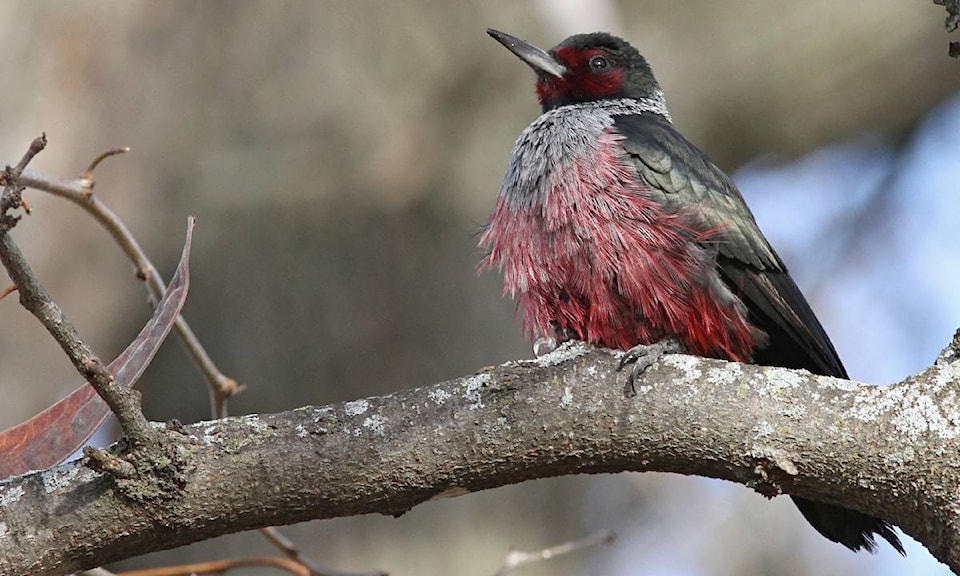Help is on the way for the Lewis Woodpecker. In particular, efforts to help manage and preserve their nesting habitat.
The City of Grand Forks is coming forward with a management plan to help mitigate threats to the woodpeckers’ environment.
The Grand Forks is one of a small number of places where this species of woodpeckers still thrives.
Their primary nesting locations are in cottonwood trees — particularly dead or rotting trees. When the trees are in this state, they can become a threat to public safety. And ongoing flood recovery efforts in the area mean a lot of these riverbank trees can be further compromised.
The new management plan was to come up at Grand Forks City Council meeting Tuesday, April 23.
“What was introduced at Council was a management plan,” said Cavan Gates with the City of Grand Forks. “Within that plan there were recommendations on how to manage the habitat for the woodpeckers, and over all to make so that we’re not diminishing habitat, but increasing habitat for them. Although the plan is very broad.”
A plan was introduced by the Committee of the Whole, which made recommendations to Grand Forks Council to discuss it at at he next regular meeting.
In preparing the plan, City staff consulted a local biologist and a biologist from Environment and Climate Change Canada about the best course of action to manage the woodpecker habitat.
The advice centered around showing that the City has undertaken all reasonable means to avoid or minimize harm to a species at risk.
“For example, when habitat is destroyed, it is expected that mitigation measures will take place,” read the staff recommendation. “One nest tree in City Park had a plan written specifically for it. Because we have so many Cottonwood trees on public land, staff wanted to have a plan that addressed the issue across the City.”
The management plan aims to guide the City in maintaining compliance with legislation, to identify appropriate land use decisions, and ultimately to maintain the breeding population of Lewis’s Woodpecker.
It identifies what areas are potential habitat, and how those areas should be managed.
Cottonwood trees are to be protected, new growth restored, and disturbances minimized during the breeding season.
By adopting a comprehensive plan, staff will have guidance on maintenance in the habitat areas, compliance with legislation will be enhanced, and tree removal permit applications will better demonstrate that the City has taken all reasonable means to avoid or minimize harm.
Staff was to recommend that Council adopt and direct staff to implement the plan.
The Boundary Habitat Stewards are also developing and implementing Habitat restoration plans for several properties across the Boundary. This includes protecting cottonwood trees from beavers, planting native shrubs and trees with protection from deer, and using bioengineering techniques for erosion control.
